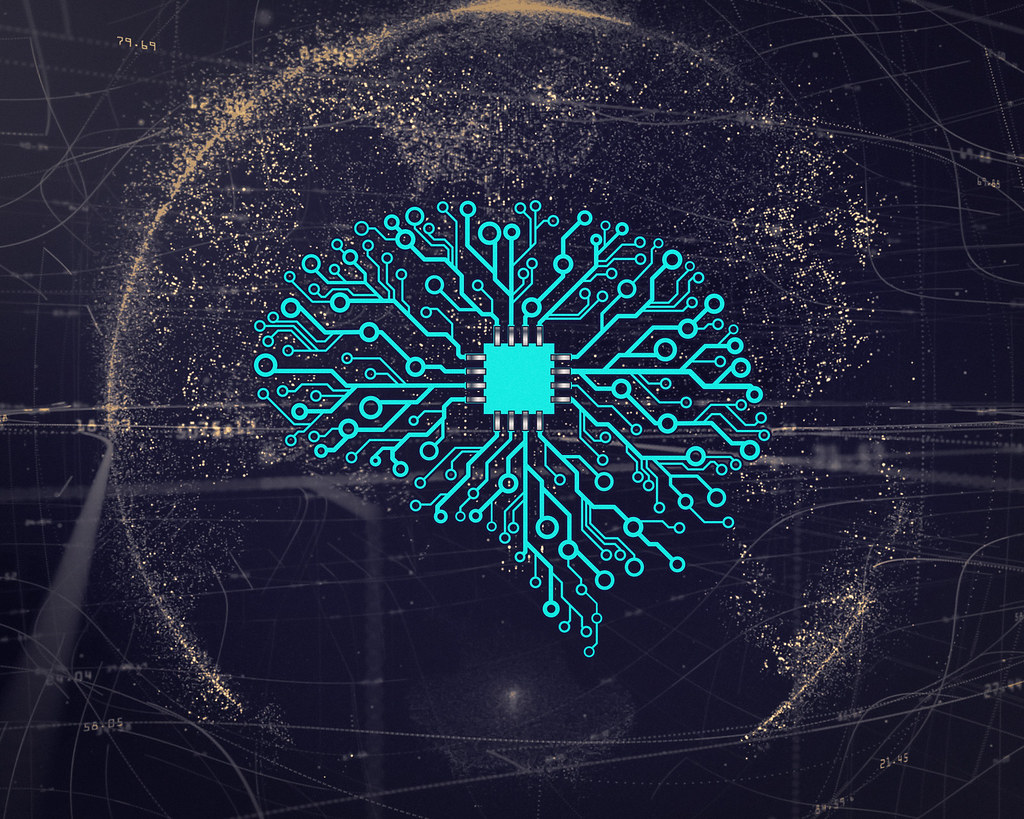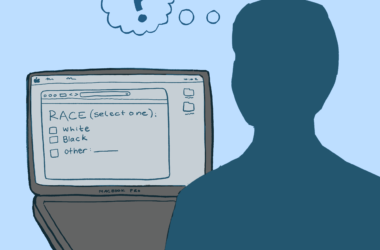Artificial intelligence (AI) is one of the biggest innovations of the modern era, profoundly impacting many areas of society, and the field of law is no exception. During an event titled ‘Artificial Intelligence and the legal sector,’ hosted by the Faculty of Law on Nov. 13, Hannes Westermann, a PhD student in AI and Law at the Université de Montréal, presented his research on how AI can benefit the legal sector. He began the talk by providing a definition of AI.
“[In AI], machines […] exhibit signs of intelligence,” Westermann said. “This is a very broad definition, because lots of distinctions can be made between general AI and narrow AI.”
Narrow AI describes technology designed to perform a specific task. In the legal sector, this entails using machine learning (ML), whereby a computer learns a task without a human to guide it. Within the field of AI, ML offers a host of advantages, allowing machines to process and store data, spot patterns, and make linkages that humans cannot. Furthermore, ML does not require task-specific knowledge.
While ML can process large amounts of data, it cannot understand it the way humans do. This is especially true for text data, which is problematic for a field like law. Law is based on textual documents, legislation, and contracts, and requires analysis and understanding of legal forms. Lawyers and judges often use precedent to make judgements on new cases. However, because this analysis requires an understanding of the real world that it does not yet have, AI cannot do this. Thus, using annotated data—data sets used to train AI—presents many problems in the legal sector.
This does not mean that AI cannot be useful. ML can analyze documents, provide support for legal research, and build models to compare actors in the legal system.
At the moment, AI is just a tool that lawyers can use; it will not replace them in the foreseeable future.
“I do not think lawyers will become obsolete,” Westermann said. “I just think [that] there are parts of the world and places where people do not have access to lawyers, where they will have more legal opportunities with the introduction of AI.”
Westermann’s research focusses on the possibility of using AI to increase people’s access to legal aid. The legal system is complex, with many barriers to entry, including monetary, psychological, and temporal costs, all of which prevent people from seeking aid. In fact, while 50 per cent of Canadians encounter legal issues, only seven per cent use the court system.
This is where the JusticeBOT, a project that Westermann is involved in, plays a role. The JustiveBOT is a chat box that can answer simple legal questions. In the case of a tenant who has bed bugs and is seeking compensation but does not know where to look, the JusticeBOT would ask a series of questions about the issue, and, based on the user’s responses, explain the legal situation’s outcomes in past cases, as well as next steps people can take moving forward. Westermann claims that the program, built with the support of legal experts, can be useful in increasing legal harmony and in reducing court caseloads.
This is just one example of how AI can play a pivotal role in the legal field. Yet, many audience members expressed fear that AI would take away jobs. Westermann calmly addressed these worries.
“Did the carpenter get replaced by the hammer?” Westermann said. “No, but the hammer changed the job for the carpenter.”









